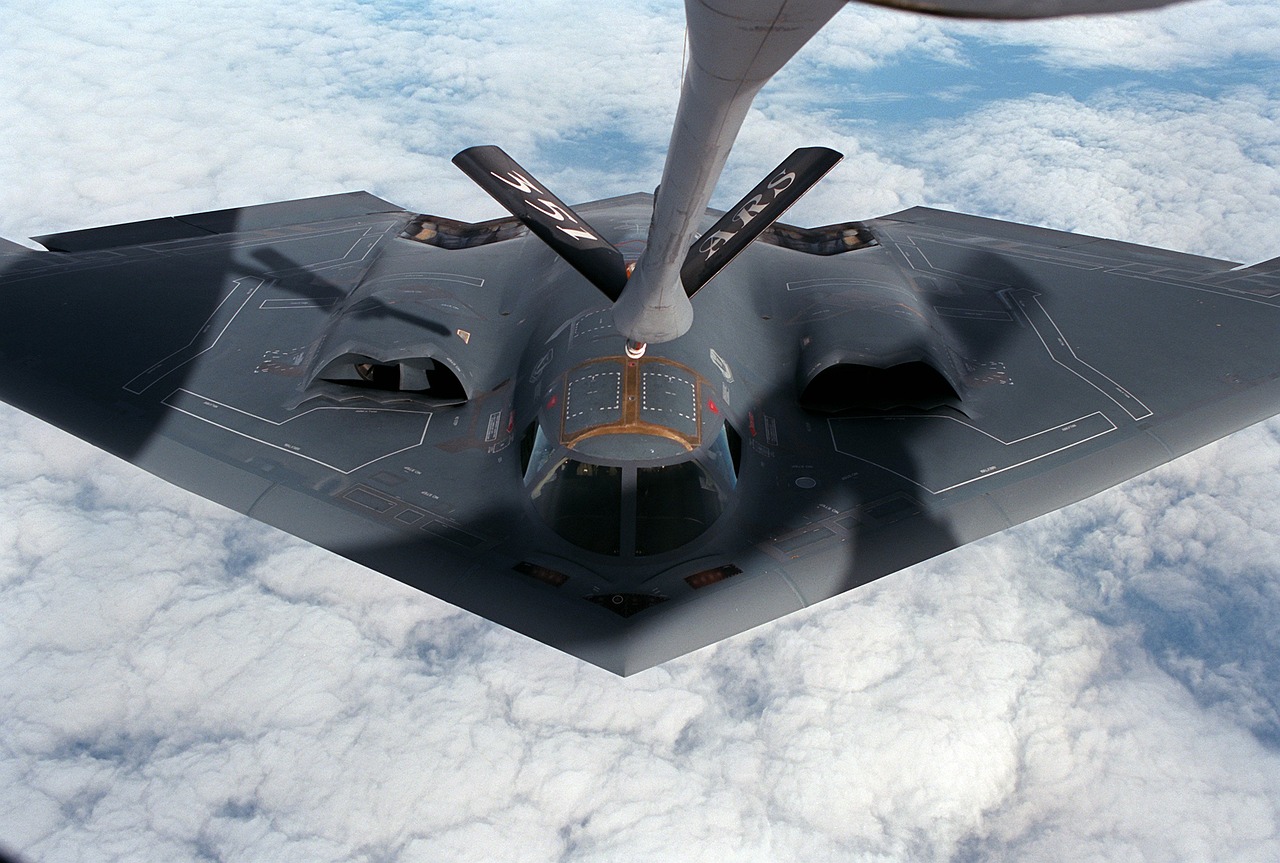This post is also available in:
 עברית (Hebrew)
עברית (Hebrew)
Germany, who is reconsidering its defense needs seeing the ongoing war between Ukraine and Russia, has signed a “pivotal agreement” with Israel Aerospace Industries (IAI) that deals with adding Israeli-made systems to its leading military UAV.
That agreement not only deals with the deployment of advanced UAV technology but also includes comprehensive updates and technological enhancements to the ground array of the systems. The deal will equip the strategic New Heron TP UAV with different weapon systems, additional payloads, and advanced systems designed to distribute the data collected by the UAV.
According to Defense Industry EU, the IAI Heron TP is a multi-role, advanced, long-range Medium Altitude Long Endurance (MALE) UAV for strategic missions with automatic taxi-takeoff and landing systems (ATOL), satellite communication (SATCOM) for extended range and fully redundant avionics. The UAV was designed as a multi-mission platform to address local and international customers’ needs and to perform various strategies with a high level of reliability (such as intelligence gathering, surveillance, target acquisition, and reconnaissance).
Sources claim that capabilities the German Heron TP is set to receive include different versions of the IAI Mission Operation and Intelligence Center (MOIC) – a platform that can provide the centralized command and control that are needed when engaged in UAV missions, in order to manage the huge amounts of data collected from observation, radar, COMINT, and ELINT.
IAI claims that MOIC’s modular layout, which includes mission operational cells, a commander cell, an exploitation center, a C2 cell, a full trainer, a SATCOM facility, a support facility, and a data storage center, provides the ability to adjust the control center according to specific operational needs.
The MOIC places all pilots, mission operators, ISR analysts, and decision-makers at a single, central location to provide a common operational picture that enables integrated management of multiple UAV platforms and payloads. This maximizes the efficiency of mission flow and improves real-time operation and coordination of the fleet while improving safety and protecting ground assets.
The MOIC also conserves manpower and resources that would otherwise be required to process huge quantities of data from multiple offline and online sensors in real-time and archive all raw and processed information for future analysis.


























